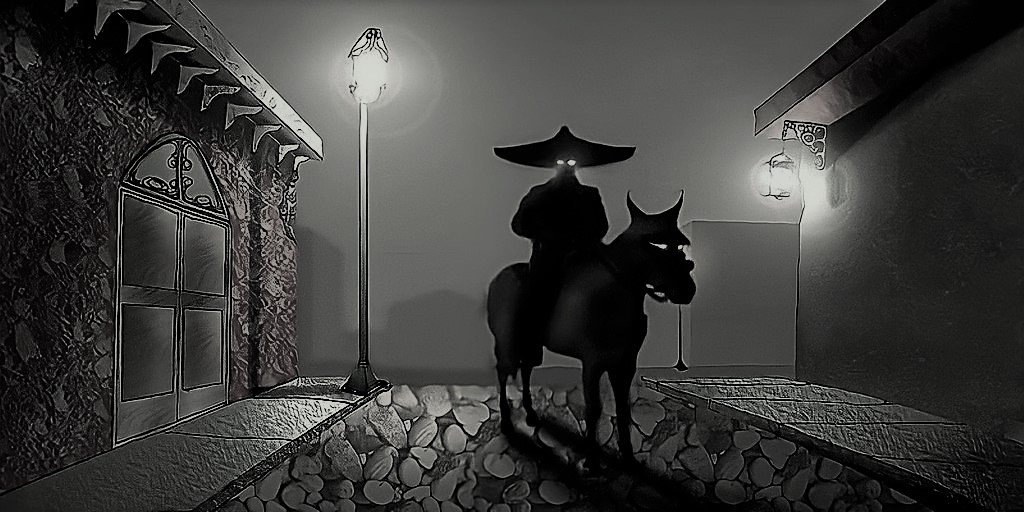The Worst Surgery in History
Imagine getting a terrible shooting pain in your lower right stomach, it feels like someone is stabbing you over and over. You realize it’s your appendix and it’s about ready to come out like it’s a Diana Ross song in the 1980s.
You rush over to your local surgeon, he lays you down on the table, pulls out a bunch of knives, looks you straight in the eyes, and says “Don’t worry, only about one in ten patients die on me.”
And when you ask for anesthesia, all he says is “What’s anesthesia?” before plunging the knife into your stomach.
Good news: You’re going into surgery, Bad news: Three of us will die
Today we’re looking at Robert Liston, the famous surgeon described as “the fastest knife in the West End” and some of the not-so-great surgeries of his life.
That nightmare appendix scenario wasn’t so far-fetched back in the 1800s but if you had to get the surgery, you were with no one better than a certain surgeon by the name of Robert Liston. Born in Scotland in 1794 and admitted to the Royal College of Surgeons in London by the age of 22, he quickly became known as the fastest knife in the west end.
Who Needs Anesthesia or Clean Hands?
Here’s the thing, the first surgery performed under modern anesthesia in Europe wasn’t performed until 1846 coincidentally by Robert Liston, but before then all surgeries were done without any type of pain relief. Unless you count the surgeons who tried hypnosis and you should not count them.
Without anesthesia, the patient felt all the pain and had to be held down by medical assistants while the surgeons cut into them. This was also before people really knew about microorganisms and it wasn’t uncommon for surgeons to not wash their hands, tools, or aprons prior to performing surgery.
“Good enough,” - Surgeons right before surgery
Robert Liston on the other clean hand, always washed his hands prior to surgery, used clean tools and sponges, and shaved the surgical sites of patients. But before you go thinking that this was because he knew about germ theory before anyone else; no, he was probably just the type to want everything clean. Plus, seeing how when his hands were busy during surgery, he would keep the knife held between his teeth, I don’t think he was too worried about germs.
Beyond that Robert Liston also cared about his patients, in his books “Elements of Surgery” and “Practical Surgery” Liston writes, “It is of utmost importance to attend to the state of the patient’s mind and feelings. He ought not to be kept in suspense, but encouraged and assured…”.
Fastest Knife in the West End
He also felt surgery should be a last resort for the patient as he took into account the high death rates when one had to be performed. Possibly because of this, he worked hard to ensure each surgery was over quickly and when he had to amputate appendages he was known to do them in 30 seconds. That’s not a typo. He performed many amputations within 30 seconds and full leg amputations in two and a half minutes.
He was known to yell out to the bystanders in the surgical theater “time me, gentlemen. Time me.” Yes, I do mean surgical theater because back then, you could have all sorts of people come by and watch surgeries. Television wasn’t a thing, people couldn’t just watch Hannibal or that weird pimple-popping show.
If you couldn’t tell, Liston was good and he knew it. He was also described as abrasive to other surgeons that he didn’t think were up to par and, for a man who was performing surgeries at a blink-and-you-miss-it pace, I don’t think he thought too many surgeons were up to par.
Robert Knox, William Burke, and Hare
One of his most famous confrontations was with Doctor Robert Knox. And if you don’t know who he is, I got a doozy of a story for you. He was the anatomist who would purchase bodies for dissection from two men named William Burke and William Hare. Over the course of 10 months, Doc Knox had purchased sixteen bodies from Burke and Hare.
And if some of you are thinking, “Wow awfully convenient for Burke and Hare to have so many bodies just lying around like that.” Then I’m going to need you to take a moment and give it another thought… they murdered all those people!
Doc Knox was never implicated in the murders or admitted to knowing that Burke and Hare had killed all of the bodies they brought to him but, I mean, they were still warm when he got them so it wasn’t too hard to put together.
And it wasn’t too hard for Robert Liston to put it together either. Upon seeing one of the bodies prior to Doc Knox preparing to dissect it, Liston immediately suspected foul play and shoved Knox to the ground, taking the body to be buried.
Robert Liston was an abrasive surgeon to others except towards his patients. He was the fastest surgeon to ever live, had a comparatively low mortality rate; losing one in ten compared to others losing one and four, and invented a type of artery-locking forceps and a leg splint.
The Deadliest Surgery Ever Performed
Why do I tell you some of his accomplishments before we get to several disasters? Because he’s helped further medicine, yet these days he’s mainly only known for the following three disasters as written in Richard Gordon’s 1983 book “Great Medical Disasters”.
Number 1 - A boy came to Liston inquiring about a pulsating tumor on his neck. Liston thought it was a skin tag while another surgeon believed it was a dangerous aneurysm on the artery. Liston, believing no child that age could have an aneurism on their neck, took out a knife and lanced it. Turns out it was an aneurysm and the boy died.
Number 2 - During the amputation of a leg that was done in 2.5 minutes, Liston accidentally also amputated the man’s testicles.
And Number 3 - is the deadliest surgery ever performed. In another leg amputation, taking under two and a half minutes, Liston accidentally cut the finger of one of his assistants and slashed the coattails of a spectator.
With blood everywhere from the surgery, the spectator thought he had been cut, panicked, and had a heart attack, dying on the spot. His assistant and the patient both developed gangrene and died several days later. Making it the only surgery in history with a 300% mortality rate.
Here’s the caveat though, the validity of these claims has been disputed. We don’t know for sure if they happened in the exact manner described, but what we do know as fact is everything I’ve told you prior to those three cases.
Robert Liston was possibly the best surgeon at the time, cared for his patients, and was the fastest knife in the west end saving many lives throughout his life until his young death at 53 in 1847. Maybe we should remember him for all the good that he’s done and not the urban legends that surround his name.













